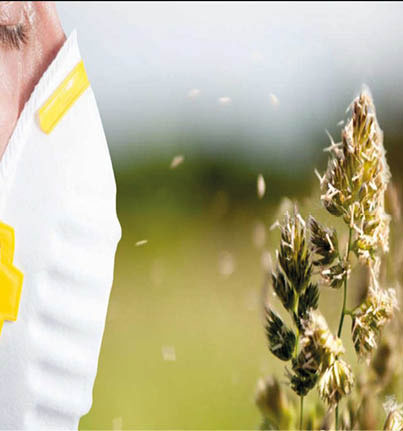Seasonal allergies are sometimes called “hay fever” or seasonal allergic rhinitis. These allergy symptoms happen during certain times of the year, usually when trees, grasses, and weeds release tiny pollen particles into the air to fertilize other plants.
The immune systems of people who are allergic to pollen treat these particles (called allergens) as invaders and release chemicals, including histamine, into the bloodstream to defend against them. It’s the release of these chemicals that causes allergy symptoms.
People can be allergic to one or more types of pollen. The type someone is allergic to determines when symptoms happen. For example, in the mid-Atlantic states, tree pollen is highest from February through June, grass pollen is highest from May through August, and weed pollen is highest from July through October — so kids with these allergies are likely to have increased symptoms at those times. Even kids who have never had seasonal allergies in years past can develop them. Seasonal allergies can start at almost any age, though they usually do not develop before a child is 2 years old. Most people with seasonal allergies develop them by age 20.
Talk with your doctor if you think your child might have seasonal allergies. The doctor will ask if the same symptoms happen at the same time each year after your child is around an allergen, and do an exam. The doctor may be able to make a diagnosis, or might refer you to an allergy doctor (allergist) for allergy skin testing (called skin prick testing) or a blood test.
To find which allergens cause a person’s symptoms, allergists usually do skin testing. During skin prick testing, an allergist or nurse puts a tiny bit of a liquid containing an allergen into the skin by making a small scratch or prick on the skin. They usually do skin testing on a person’s forearm or back. The allergist then waits 15 minutes or so to see if a red, raised bump, called a wheal, forms. If it does, there might be an allergy. The allergist uses a ruler to measure the wheal and the redness around it. There are many ways to treat seasonal allergies, depending on how bothersome the symptoms are. An important part of treatment is knowing what someone is allergic to. Some kids can get relief by reducing or eliminating exposure to the allergens that bother them.









